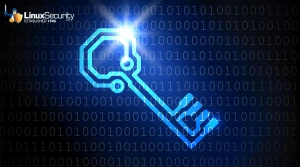Linux Ransomware Poses Significant Threat to Critical Infrastructure

Organizations running Linux distributions need to prepare to defend their systems against ransomware attacks. Steps to ensure resiliency and basics such as access control reduce major disruptions.
Linux systems run many of the most critical operations behind the scenes, including a good deal of our nation's critical infrastructure, and now more ransomware groups are introducing Linux versions. If these systems are disrupted by a ransomware attack, it could cause a catastrophic event.
Ransomware attacks on these systems could make the Colonial Pipeline disruption look like a blip, so we should be making all necessary preparations to address this rapidly growing threat. Unfortunately, this makes Linux even more alluring to today's ransomware gangs — many of which are affiliated with nation-states that have unlimited resources.
Most people aren't familiar with Linux or don't fully understand how much it touches their daily life. The Linux operating system runs on less than 3% of desktops, whereas Windows is running on about 80%. Since Linux isn't as visible in the front office or at home, Linux threats don't garner as much attention as those impacting Windows.
What most people don't know is that Linux runs approximately 80% of Web servers and is the most common operating system for constrained, embedded, and IoT devices used in sectors such as energy and manufacturing. Linux also drives most of the US government and military networks, financial and banking systems, and runs the backbone of the Internet.






















